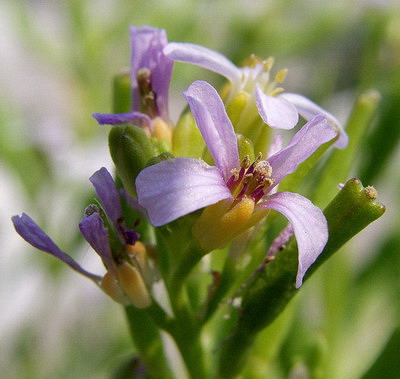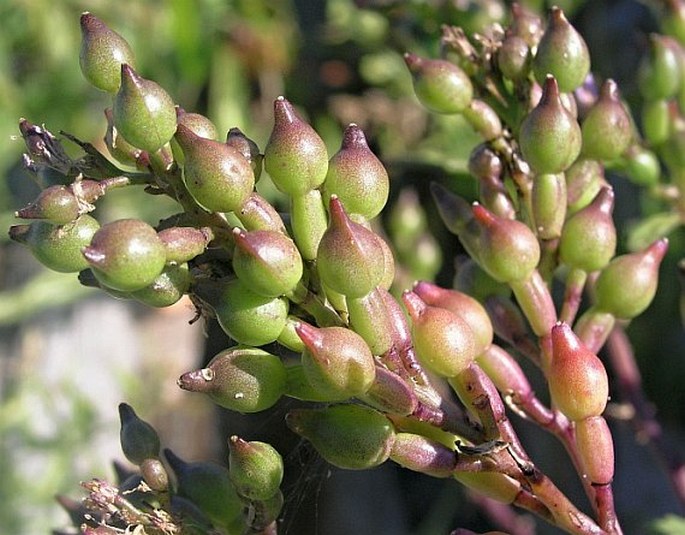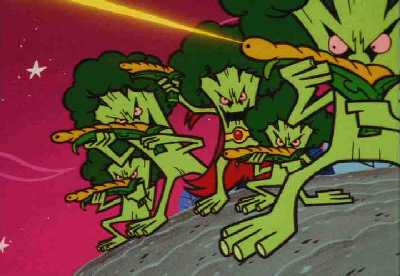Botany and Vocab VI

.jpg)
Sea Rocket or Cakile edentula is the subject of today's post. A little bit about the genus, Cakile, first. These perennials are coast-lovers and may often be found growing on dunes there.

Mauve to White Four-Petaled Flowers
Remove the veins from the petals and they resemble the wild radish flower.

The leaves are pretty different and can be used to tell the plants apart.
Looking at the plant, it seems too fragile to be considered a pioneer species, especially one that can colonize bare coastal sand. (A pioneer species is usually a newcomer to an otherwise barren habitat. They make the place more hospitable to others who think they are delicate freakin' flowers!)

We might like visiting the beach but we sure wouldn't want to grow there either. Sand is unstable and lacks humus. Not to mention the scorching sun and the salt spray (exactly what it sounds like)! So how does this plant survive?
One big reason is that it can put down a long taproot. The root not only anchors the plant, it also forms an extensive network stabilizing the sand.

Those thick fleshy leaves are good for moisture retention.
It grows close to the ground, sort of hunching, to avoid the salt spray and the abrasive, blowing sand.
It is so tenacious that when buried by sand; Sea Rocket responds with increased growth and seed production!
Right, seeds.The seed pod is divided into two sections, both of which contain seeds. Two different seeds forms when produced by the same plant are called dimorphic. The lower park breaks off like a cork, floats, and is dispersed far and wide. The upper part will germinate closer to home. That way, Sea Rocket sows all the wild oats and eats its cake too!

The Seed Pods
Another interesting bit about this plants is concerned with the term Plasticity. The long-distance dispersal seeds grow into plants that are less plastic.

The Short-Distance Dispersed Seeds
The long-distance seeds are also fatter er have larger masses. The term plastic at its simplest means an organism that can mold itself to fit better in the surrounding environment.

Which is practically the only way to define Kady in the movie, right?
Meanness aside, it is thought that while their adaptivity will not be inherited, these mean girl-plants will have a higher contribution towards reproduction in the next generation.
Differentiating between Two Species
If you don't know which of the species, C. edentula or C. maritima, you have come across, there is an easy way to do so:

The inverted V-like pod on the left is from C. maritima while the bowling pin one belongs to C. edentula.
The leaves and young stems of Cakile edentula may be eaten raw or cooked. The flavor of the leaves is like horseradish and they can be used in salads. Its root is dried and ground and can be mixed with flour to make bread (famine food).
Nutritious and Smart
This study showed that when this plant grew close to the plants that shared its DNA (clones), it showed lesser root growth to limit competition. However, this is not altruism but reduced antagonism! The plants realize that competing with their own DNA would lead to an impasse, especially in terms of evolution. Instead, they'd rather preserve copies of their DNA as a boost to overall fitness!

Clones never seem to stop Alice, though
This research opened other avenues for more research:
How are the plants recognizing kin?
Is this recognition limited to Sea Rocket?
And more importantly,
Does that mean your broccoli plants know you have been eating their brothers and sisters?

Just another episode or prescience?
#Botany #BotanyandVocab #AoB #Plasticity #BroccoliWillTakeOver #DoNotEatGreens #HardtoFightClones
 3
3























